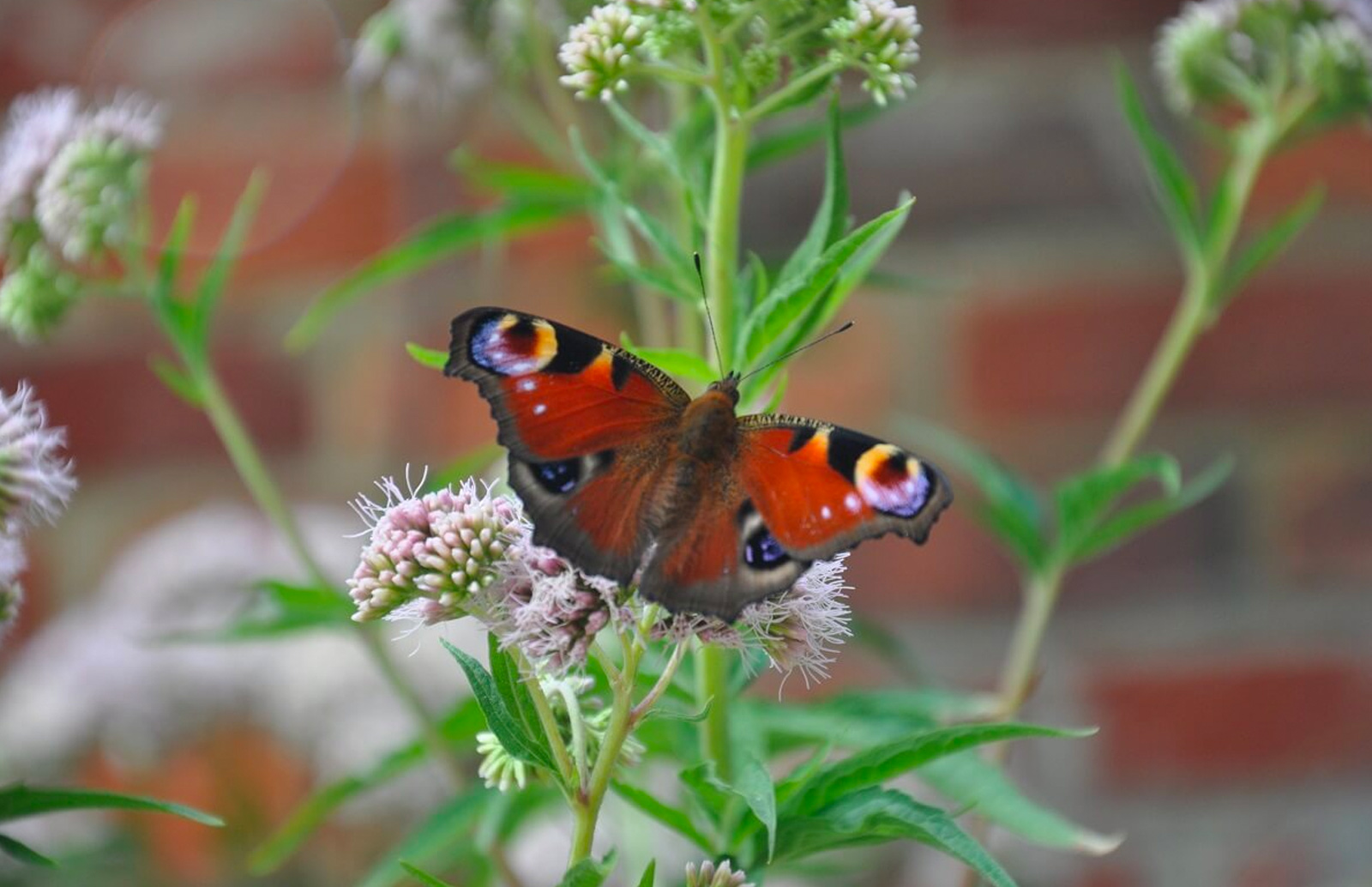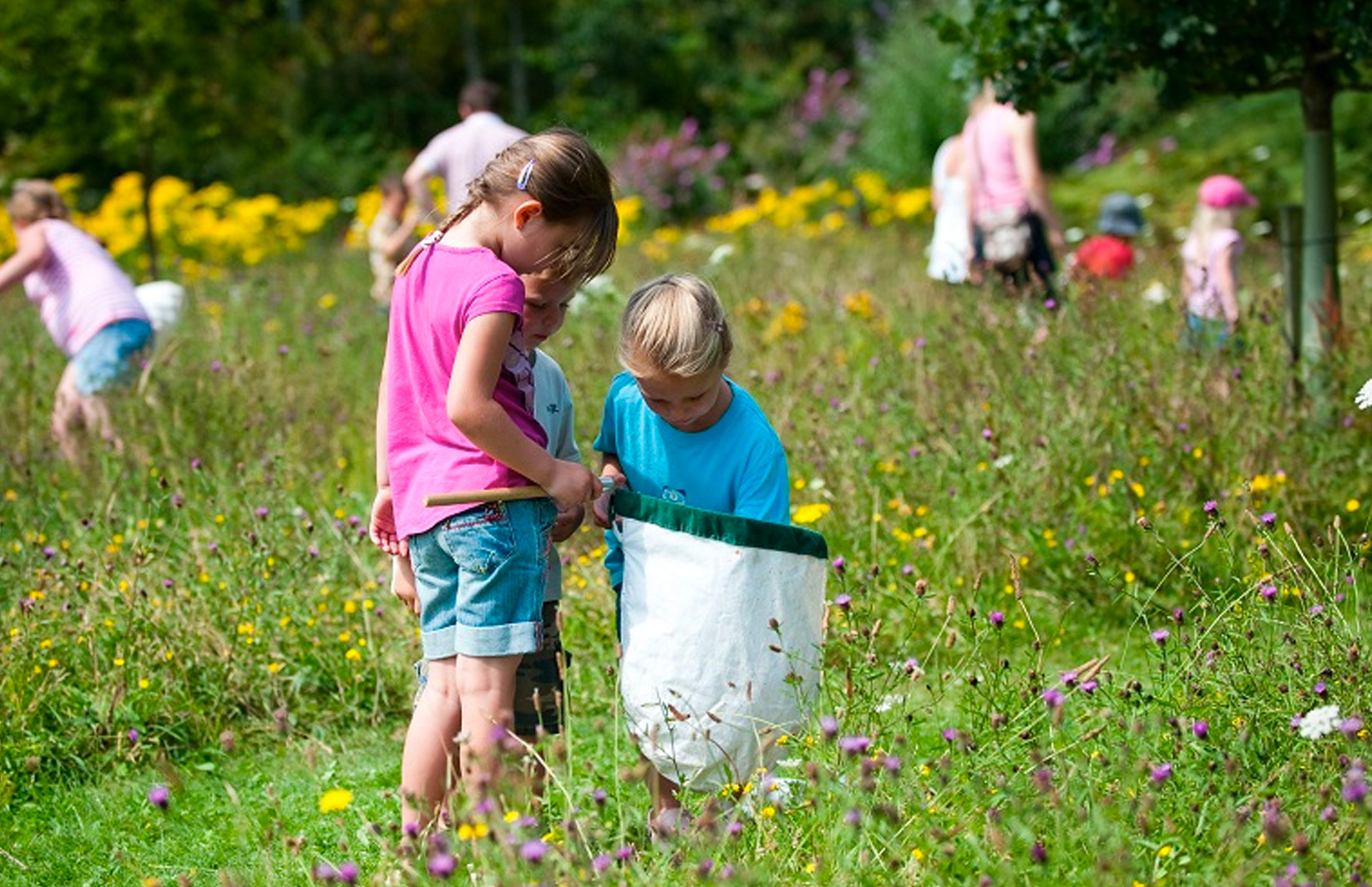Covering 145 square miles the New Forest is a place of ancient history, fascinating wildlife and stunning beauty. Originally a royal hunting preserve, the thriving working forest that you see today has survived for nearly 1000 years.
Here at Sandy Balls we are proud that we are able to bring our guests closer to nature as the location is perfect for bird-watching, bug-hunting or for great walks you have a chance to spot a deer, a New Forest Pony, a cute squirrel or a beautiful bird of prey. We are also organising activities for kids, so they can meet with some creatures and learn about animals at an early age.

Invertebrates
The New Forest is very rich in invertebrate species with butterflies and moths, beetles, dragonflies and damselflies, grasshoppers and crickets. More than half of these species that are found in Britain are living here. Visitors of Sandy Balls can often spot these creatures. If you would like your child to learn more about these small animals why don’t you book a BUG HUNT session with us?
Reptiles
The United Kingdom has six native reptile species (three snake and three lizard), and all of these can be found in the New Forest. (In addition to three species of newt, the common frog, the common toad and the green frog). Are you interested in these small animals? If so, the Crazy Creatures or Pond Dipping activity would be ideal for you!

Birds
Sandy Balls in the New Forest is a perfect place for bird watching. Our guests often tell us stories about the species they have seen.
“We loved relaxing in our lovely lodge, listening to the birds sing…”
“The accommodation is perfect to allow you to bird watch without them seeing you.”
The New Forest supports a number of birds of prey including sparrowhawks, buzzards, hobbies, kestrels and the rare Honey buzzard. The rare firecrest and its commoner relative, the goldcrest, are also found in the forest.
The forest also has important populations of snipe, curlew, lapwing and a few redshank, dartford warbler and woodlark, and summer visitors such as the nightjar and Montagu’s harrier.
Stay tuned, because next time we will write about New Forest animals, such as deer and the most famous New Forest Ponies!
